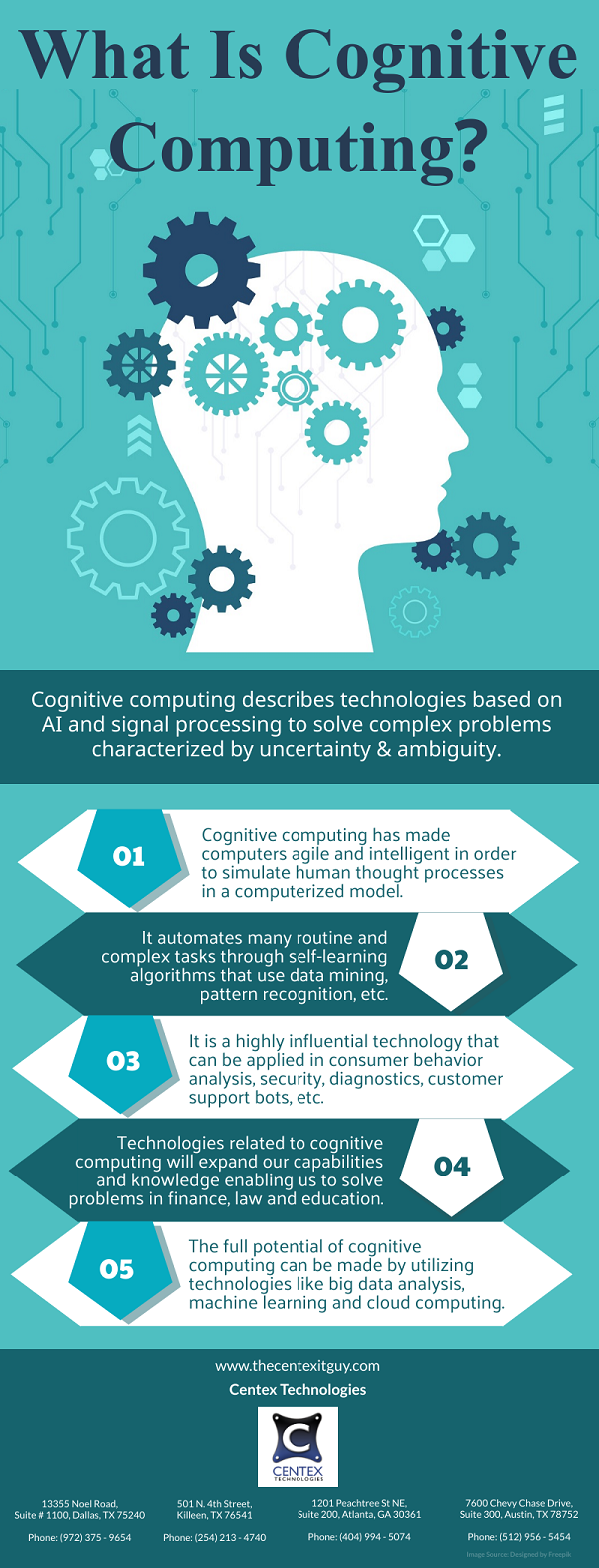
Website security refers to the applications or actions taken to make sure that website data is not exposed to unauthorized access or other forms of exploitation. It is important to pay attention to website security in order to protect your business website from DDoS attacks, malware, blacklisting, vulnerability exploitation and defacement. Website security is also important to protect your website users from personal data theft, phishing schemes, session hijacking, malicious redirects, etc.
Since the need for website security is imperative, here are some necessary steps to help you protect your business website:
- SSL Certificate: SSL (Secure Sockets Layer) Certificates are small data files that digitally bind a cryptographic key to an organization’s details. An SSL Certificate binds together a domain name and server/host name with an organization’s identity and location. When you install an SSL Certificate on a webserver, it activates the padlock and https protocol to ensure secure connection between the server and a web browser. It helps businesses in encrypting credit card transactions and securing data transfers or process logins.
- Install Security Plugins: Depending upon the fact that whether you are running a Content Management System (CMS)-managed website or HTML pages, you can choose plugins to enhance website security. Consult your website developers to choose suitable plugins for maximum benefit. Plugins help in addressing the security vulnerabilities that may be inherent in the website building platform.
- Use Parametrized Queries: A hacker can launch an SQL injection attack by using a web form field or URL parameter to gain access to or manipulate your database. If you use standard transact SQL, it is possible to insert rogue codes in the query that may be easily used by hackers to modify tables, access information or delete data. Thus, it is advisable to explicitly parametrize your queries in order to prevent the modification of queries by the hackers.
- Content Security Policy (CSP): XSS (Cross-Site Scripting attacks are another common type of cyber-attacks against business websites. Hackers inject malicious JavaScript in your webpages. When a user visits the website, this JavaScript runs in his browser. It is capable of changing the page content or stealing information from user’s device. This information is sent back to the attacker. In order to protect your business website from this type of attack, CSP acts as a powerful tool. CSP is a header that can be returned by the server to inform the browser about how and what JavaScript should be executed in the page. For example, it may have configuration commands to disable scripts that are not hosted on your domain.
Website security has many other aspects such as diligently choosing error messages to prevent users from viewing sensitive information, locking file permissions, etc. Thus, it is advisable to seek services from professional website security providers.
For more information on steps to ensure website security, call Centex Technologies at (254) 213 – 4740.

